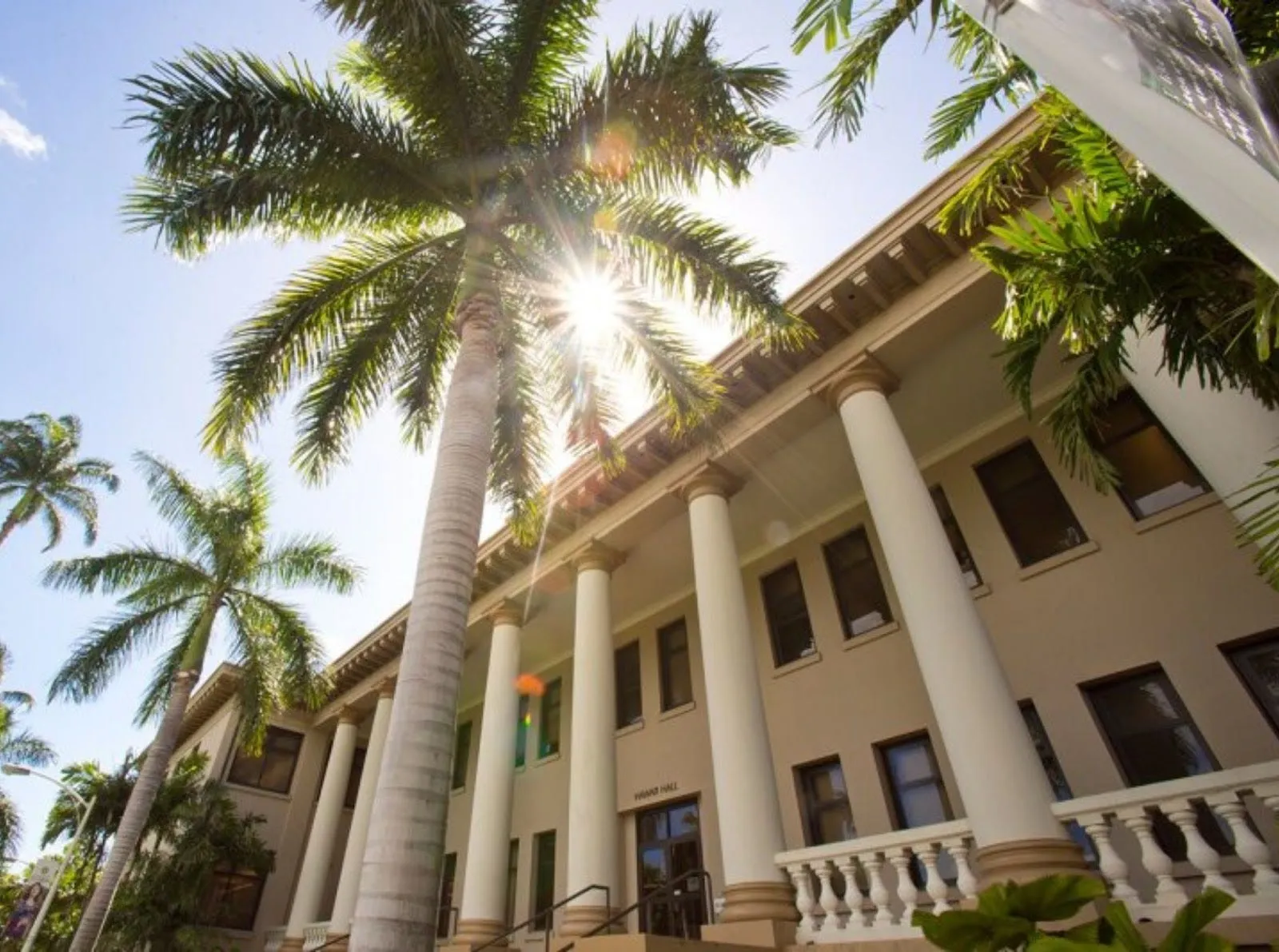Hawaii, a beautiful archipelago in the Pacific Ocean, is renowned not only for its pristine white-sand beaches, crystal-clear turquoise waters, and majestic natural landscapes but also for its unique and rich culture. A significant part of Hawaiian culture is its traditional festivals, celebrated throughout the year to honor deities, commemorate historical events, and strengthen community bonds. Join “Du lịch khắp thế gian” (Travel Around the World) as we explore the locations of traditional Hawaiian festivals, where you can immerse yourself in the vibrant atmosphere, experience sacred rituals, and gain a deeper understanding of the unique Polynesian culture.
From ancient rituals like the Makahiki Festival, honoring Lono, the god of fertility and peace, to modern events like the Aloha Festivals, celebrating the “Aloha” spirit and Hawaii’s cultural diversity, each festival holds special significance and is celebrated at different locations across the islands. So, which locations are the heart of traditional Hawaiian festivals? Let’s explore!
Famous Hawaiian Festival Locations
Oahu Island: The Cultural Heart of Hawaii
Oahu, the most populous island and the political and economic center of Hawaii, is also home to many significant traditional festivals.
- Honolulu: The capital city of Honolulu hosts numerous major events, including the Aloha Festivals, one of Hawaii’s largest festivals. This festival typically includes parades, Hula music and dance performances, cultural activities, and distinctive cuisine.

Alt text: Aloha Festival Honolulu with graceful Hula dancers in vibrant traditional costumes.
- Polynesian Cultural Center: Located on the North Shore of Oahu, the Polynesian Cultural Center is a must-visit destination to learn about the cultures of the Pacific Islands. Here, you can attend art performances, learn traditional crafts, and savor the unique cuisine of each region.
Hawaii Island (Big Island): Land of Fire and Ice
Hawaii Island, also known as the Big Island, is the largest and youngest island in the Hawaiian archipelago. It is famous for the active Kilauea volcano, national parks, and stunning beaches.
- Hawaii Volcanoes National Park: This sacred site often hosts rituals dedicated to Pele, the Hawaiian goddess of volcanoes. These ceremonies honor the power of nature and pray for peace and safety.
- Pu’uhonua o Honaunau National Historical Park: This national historical park is an ancient “place of refuge,” where lawbreakers could seek forgiveness and protection. Today, Pu’uhonua o Honaunau hosts cultural events and festivals, helping visitors better understand the laws and customs of ancient Hawaii.
Maui Island: The Enchanting Valley Isle
Maui, the second-largest island in Hawaii, is famous for its picturesque beaches, lush valleys, and excellent hiking trails.
- Lahaina: The historic town of Lahaina was once the capital of the Kingdom of Hawaii in the early 19th century and a significant center for the whaling industry. Today, Lahaina is a popular tourist destination with historic streets, art galleries, and upscale restaurants. The Diwali Festival, an Indian festival of lights, is also celebrated here, reflecting Maui’s cultural diversity.
Kauai Island: The Garden Isle
Kauai, the oldest and greenest island in Hawaii, is known as the “Garden Isle” due to its pristine and magnificent natural landscapes.
- Waimea Canyon: Waimea Canyon, also known as the “Grand Canyon of the Pacific,” is a stunning natural wonder with vibrant red cliffs and deep gorges. While not a traditional festival location in the literal sense, Waimea Canyon is a sacred place for Hawaiians and is often used for religious rituals and prayers.
Makahiki Festival: Season of Fertility and Peace
The Makahiki Festival is one of the most important festivals in ancient Hawaii. This festival lasts for about four months, from October or November to February or March, and is held to honor Lono, the god of fertility, agriculture, and peace.
During the Makahiki festival, all warfare and conflicts are prohibited. People focus on resting, celebrating, singing, dancing, and participating in sports. Rituals are performed to pray for a bountiful harvest and a prosperous life.

Alt text: Illustration of the Makahiki Festival in 1779 depicting rituals and traditional sports.
The Makahiki Festival is typically held in fertile agricultural areas across the islands, where people can easily harvest and offer seasonal produce.
Merrie Monarch Festival: Honoring the Art of Hula
The Merrie Monarch Festival is one of the most significant cultural events in Hawaii, held annually in April in Hilo, on Hawaii Island. This festival honors the art of Hula, the traditional dance of Hawaii, and is an opportunity for Halau Hula (Hula schools) from around the world to showcase their talent.

Alt text: Hula dancers in traditional attire performing at the Merrie Monarch Festival.
The Merrie Monarch Festival is not only a talent competition but also an occasion to preserve and promote the traditional cultural values of Hawaii.
Conclusion
The locations of traditional Hawaiian festivals are not just attractive tourist destinations but also invaluable cultural heritages, where you can discover the history, traditions, and soul of the native people. Plan your trip and experience these unique festivals to gain a deeper insight into Hawaiian culture!
Whether you choose to participate in any festival, remember to respect local customs and immerse yourself in the joyful and vibrant atmosphere of the community. You will surely have unforgettable memories and bring back meaningful cultural experiences from “paradise” Hawaii.